This article is work in progress. Last update: June 2025.
Beyond the vibrant streets of Amsterdam and the iconic windmills of Kinderdijk lies a whole new side of the Netherlands waiting to be discovered. Join me in an expedition through the picturesque landscapes, rich cultural heritage, and the diversity of the Dutch provinces! From the green meadows of Friesland to the historic cobblestone streets of Utrecht, each Dutch province has a unique charm and captivating stories.
In 2022, I started a project called “Discover the Netherlands, Province by Province“. Because there are 12 Dutch provinces, the plan was to discover a province each month. I wanted to travel to at least four places in that province and tell their stories, through words and images. Personal circumstances forced me to stop the project after only five provinces, but what a journey it was! The more I read about each Dutch province, the more I understood this country and its history. I visited well-known cities and well-hidden villages; I learned that there are way too many castles in the Netherlands to be able to visit all of them, and I’ve met cool people. I travelled by train, bus and boat, in all kinds of weather, and I discovered how ambitious my plan was while doing it.
Determined to finish what I started and to document all 12 Dutch provinces, I continued my travels at a slower pace. This article will serve as a guide to the collection of all the articles I’m going to write as part of the project. Enjoy!
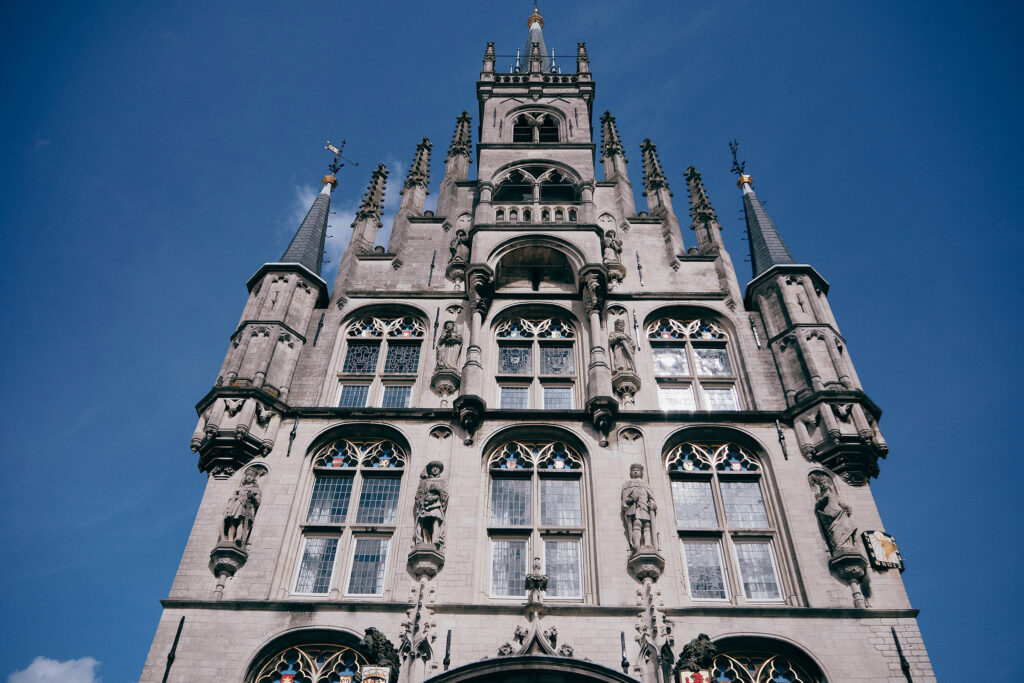
1. North Holland (Noord Holland)
North Holland (Noord-Holland in Dutch) is a province in the northwest of the Netherlands, bordered by the North Sea, the Wadden Sea, IJsselmeer, and Markermeer. With a population of around 2.9 million (2019) and an area of 4,092 km², it combines rich history, iconic Dutch landscapes, and diverse attractions. Much of the land lies at or below sea level, characterised by polders, canals, windmills, and farms.
North Holland is the most visited part of the country. Its name, “Holland,” was even used as a nickname for the Netherlands in tourism until 2020, when the government retired it to reduce over-tourism, particularly in Amsterdam. The province’s largest city is Amsterdam – the national capital – while Haarlem serves as the provincial capital.
Highlights & Places to Visit
North Holland is packed with cultural and natural gems, all within easy reach of Amsterdam. Tourists often remain in this province for good reason: here you’ll find windmills, tulip fields, cheese markets, historic towns, and charming fishing villages.
Notable towns include Haarlem, Alkmaar (cheese market), Hoorn (Golden Age heritage), Den Helder (naval base), Enkhuizen, Volendam, Edam, Monnickendam, Medemblik, Hilversum, and many others, each with its unique charm. Picturesque villages like Marken, Broek in Waterland, Bergen, and De Rijp are also worth exploring.
The west coast offers beautiful beaches from Zandvoort to Petten aan Zee and to Texel Island, backed by protective sand dunes and rich nature reserves. Texel itself is a popular destination, known for unspoiled nature and unique Wadden Sea experiences like mud walking. The IJsselmeer and Markermeer offer quieter beach options and tell the story of the former Zuider Zee, now closed off by the Afsluitdijk.
Top Attractions & Nature
Must-see attractions include Amsterdam’s world-class museums, Zaanse Schans (windmills), the fishing villages of Volendam and Monnickendam, Alkmaar and Edam cheese markets, Muiderslot and Radboud castles, the historic Hoorn-Enkhuizen train, the Zuiderzee museum, tulip fields, and Texel Island.
Nature lovers can enjoy national parks and dune areas such as Zuid-Kennemerland, Schoorlse Duinen, Amsterdamse Waterleidingduinen, Texel Dunes, Naardermeer, and Amsterdamse Bos. North Holland proves that flat landscapes can be anything but dull.
Want to discover more? Check out my stories and tips about the towns, villages, and natural gems of North Holland – places I’ve explored and loved myself.
About North Holland – history, attractions, nature – know before you go
Visiting Medemblik, a Charming Town on IJsselmeer
Medemblik Marina: a Photo Essay
Discover Noord-Holland: a Visit to Den Helder
Charming Dutch villages: Volendam
Discover the Netherlands: Schagen – the Market City
Bergen: a Beautiful Small Town in Noord-Holland
Say Cheese! A visit to Alkmaar Cheese Market
Day-Trips from Amsterdam: A Guide to Haarlem
Dutch Gems: Medemblik, Radboud Castle and Harbours – Video
2. Utrecht
With a population of 1,353,596 (2019) and covering just 1,485 km², Utrecht is the smallest Dutch province – but rich in history, culture, and nature. Located in the heart of the Netherlands, it offers a perfect mix of historical cities and green countryside. The capital, Utrecht, was founded in 47 AD by Roman legions and has remained an important cultural and religious centre ever since. It played a key role in Dutch history, especially through the Union of Utrecht in 1579, which helped lay the foundation for the modern Netherlands.
The province is ideal for spring and summer visits, when scenic bike and sailing routes take you past old villages, castles, and country estates. Notable destinations include Utrecht, Amersfoort, Woerden, Oudewater (the “witch village”), and Spakenburg. History lovers can explore medieval towns and impressive UNESCO-listed sites such as the Roman Limes and the Dutch waterlines.
Don’t miss the Vechtstreek region, perfect for riverside trips past historic estates, or Fort Vechten and the Waterline Museum to learn about Utrecht’s unique flood-based defence systems. Whether by bike, train, or boat, Utrecht offers a surprisingly rich experience in a compact package.
About Utrecht: history, attractions, nature – know before you go
Cultural Amersfoort: Museum Flehite
Visit a Fairy-Tale Castle: Kasteel de Haar
Things to Do in Utrecht: a Complete Guide to Discovering the City and Its Surroundings
Exploring Woerden: A Journey through the Charming Heart of Holland
The Most Beautiful Village in Utrecht Province: Abcoude
A Walk in Medieval Amersfoort – video
3. South Holland (Zuid-Holland)
South Holland (Zuid-Holland) is a province packed with historic cities, coastal nature, and colourful flower fields. Located along the North Sea, this is one of the Netherlands’ most populous and diverse provinces, with a population of over 3.7 million (as of 2021) and a total area of 1,373 km², almost half of which is water.
The provincial capital is The Hague (Den Haag), home to the Dutch government, while Rotterdam, the largest city, is known for its bold architecture and Europe’s busiest port. The oldest city, Dordrecht, dates back to 1220. South Holland’s western side is densely urban, while the east is greener, with agricultural landscapes.
The province includes several distinct regions: the Bollenstreek (Bulb Region), Groene Hart (Green Heart), Haaglanden, Rijnmond, Alblasserwaard-Drechtsteden, and the South Hollandic Islands. One of the most famous areas is the Bulb Region, home to the world-renowned Keukenhof Gardens and vast tulip fields blooming from late March to May.
South Holland is ideal for day trips from Amsterdam, with towns like Leiden (with the country’s oldest university), Delft (famous for its blue porcelain), Rotterdam (with its bold architecture), Gouda (cheese and history), and The Hague (museums and beaches). The coastal dunes and long beaches – like those in Scheveningen, Katwijk, and Ouddorp – draw visitors year-round.
Nature lovers will enjoy the Biesbosch National Park, a lush network of wetlands perfect for hiking and boating. Other nature areas include Voornes Duin, The Hague Forest, Meijendel dune reserve, and the Reeuwijkse Plassen lakes.
Top attractions include: Keukenhof, Mauritshuis, Madurodam, Fenix Museum Rotterdam, Binnenhof The Hague, Scheveningen Beach, Erasmus Bridge and Cube Houses in Rotterdam, Royal Delft, Kinderdijk windmills, and many local museums – Leiden alone has 13! Whether you’re exploring cities or the coast, South Holland offers a fascinating mix of culture, history, and landscape.
About South Holland: history, attractions, nature – know before you go
Top Seven Places to See in South Holland
A Lovely Day-Trip to Gouda, the City of Cheese
Keukenhof: One of the Most Beautiful Gardens in Europe
Day-Trip to the Charming City of Delft
Idyllic Dutch Villages: Warmond in South-Holland
Lovely Day-Trip to Gouda – Video
Idyllic Dutch Village: Warmond – Video
4. Gelderland
Gelderland is the largest province in the Netherlands by land area (5,136 square kilometres ) with over 2 million inhabitants (as of 2019). Located in the centre-east of the country, bordering Germany, it’s a province rich in history, culture, and nature. Its capital is Arnhem, and it’s home to the country’s oldest city – Nijmegen.
Historically, Gelderland originated in the 11th century as the countship of Gelre, which expanded to include regions like the Betuwe, Veluwe, and Zutphen. It became a duchy in the 14th century and, after many territorial changes, a province of the Kingdom of the Netherlands in 1815.
Gelderland is divided into four regions: Veluwe, known for forests and heathlands; Rivierenland (or Betuwe), famous for fruit orchards and river landscapes; Achterhoek, a rural and culturally rich area; and the Arnhem-Nijmegen region, which combines urban life with historical landmarks.
This province offers a wide variety of experiences – from exploring charming towns to hiking in vast nature reserves. Cities like Arnhem, Apeldoorn, Zutphen, Nijmegen, Doesburg, and Elburg offer historic charm, museums, and vibrant culture. Villages like Bronkhorst, Buren, Bredevoort, and Batenburg are perfect for peaceful getaways.
Among the highlights are National Park De Hoge Veluwe, a vast natural reserve with sand dunes, forests, and wildlife, and the Kröller-Müller Museum, home to an impressive Van Gogh collection. Other cultural gems include Paleis Het Loo, Openluchtmuseum Arnhem, Freedom Museum Groesbeek, and Museum MORE.
Gelderland is also known for its many castles, such as Huis Bergh, Rosendael, Cannenburch, Doorwerth, and Middachten – making the province ideal for castle road trips.
Nature lovers can enjoy the Veluwezoom, Mookerheide, Ooijpolder, Wodanseiken, and more. With its mix of history, culture, and natural beauty, Gelderland is one of the most diverse provinces in the Netherlands.
About Gelderland: history, attractions, nature – know before you go
Visit a Fairy-Tale Town: Zutphen, One of the Best Preserved Medieval Towns in Europe
Discover the Hidden Oases of Zutphen: the Hofjes
A Day-Trip to Arnhem: History and Fashion
Five Castles to Visit in Gelderland
A Fairy-Tale Town: Zutphen, the Netherlands – Video
5. North Brabant (Noord Brabant)
North Brabant – The Welcoming South of the Netherlands.
North Brabant (Noord-Brabant), often simply called Brabant, is a province in the southern Netherlands. The capital is ’s-Hertogenbosch (also known as Den Bosch). This is an exciting region, full of energy and surprises. It’s the birthplace of Vincent van Gogh and Hieronymus Bosch, home to no fewer than four national parks, the spectacular Efteling theme park, and the famously strange border village of Baarle-Nassau.
While its past is rich, we’ll keep the history short: the area was once part of the Duchy of Brabant and became North Brabant when Belgium and the Netherlands split in the 19th century. Some of the strangest remnants of this division can still be seen in Baarle-Nassau, where houses are split by international borders running right through living rooms.
Today, Brabant is a well-developed, urbanised province, yet it’s full of peaceful countryside, lovely villages, and scenic walking and cycling routes. Unlike the canal-covered lowlands of the west, most of Brabant sits above sea level – so it feels slightly different from other Dutch provinces.
Brabant is divided into several regions, including De Peel, the Barony, the Kempen, the Brabantse Wal, and Hart van Brabant.
What to see and do in North Brabant
Where to begin? Brabant is perfect for city breaks and cultural weekends. Notable cities include Eindhoven, Breda, Tilburg, Den Bosch, Bergen op Zoom, and Roosendaal. For smaller towns and villages, don’t miss Heusden, Zundert (Van Gogh’s birthplace), Ravenstein, and the fortified town of Willemstad.
You’ll find Van Gogh-related sites in Nuenen and Etten-Leur, while art lovers can visit the Jheronimus Bosch Art Center, Van Abbemuseum (Eindhoven), and Noordbrabants Museum (Den Bosch). Families love Efteling and Beekse Bergen Safari Park, and there’s a unique experience to be had walking the Monastery Trail, which links dozens of monasteries across the countryside.
Nature in Brabant
Nature lovers are in for a treat. Brabant is the only Dutch province with four national parks:
- De Biesbosch – a tidal freshwater wetland and haven for birds
- Loonse en Drunense Duinen – drifting sands, nicknamed the Dutch Sahara
- De Grote Peel – peat bog and one of Europe’s richest bird areas
- Zoom-Kalmthoutse Heide – a cross-border heathland
Other beautiful areas include Kampina, the Oisterwijk lakes, Mastbos forest, and Bossche Broek wetlands.
From flower parades to castles, border oddities to peaceful heathlands, North Brabant offers a bit of everything. No wonder it’s known as the most welcoming province in the Netherlands – and I’m excited to explore it more!
About North Brabant: history, attractions, nature – know before you go
Day-Trip to Den Bosch: the Best Things to Do in This Picturesque Brabantian City
In the Footsteps of Hieronymus Bosch in Den Bosch
Three Urban Gardens You Should Visit in Breda – guest post
Seven Awesome Weekend Trips in Brabant
Exploring Den Bosch — the Birthplace of Famous Painter Hieronymus Bosch – Video
6. Zeeland
Zeeland, meaning “Sea land,” is the southwesternmost province of the Netherlands. It comprises a scattering of islands, peninsulas, and a narrow mainland bordering Belgium, with Middelburg as its capital. Though Zeeland is the least populous Dutch province, its numbers swell at the height of summer as tourists – Dutch and German alike – flock to its famed golden beaches.
The region’s identity has long been shaped by its ongoing battle with the sea. Villages have vanished beneath waves after repeated flooding, most notably in the devastating flood of 1953. The Zeeland flag, showing a lion rising from the water and the motto “Luctor et emergo” (“I struggle and emerge”), sums up this dogged defiance. In response to disasters, Zeeland spearheaded the monumental Delta Works: a system of dams, sluices, storm surge barriers and dykes praised worldwide for protecting land from the encroaching North Sea.
History buffs will find no shortage of intrigue here. Traces of Roman settlers dating back to 55 BC are found alongside evidence of the mysterious Nehalennia, a goddess venerated before and during Roman times. More recently, Zeeland was a theatre of fierce fighting during WWII under German occupation. Its modern boundaries enclose six main regions: Schouwen-Duiveland, Noord-Beveland, Zuid-Beveland, Walcheren, Tholen en Sint Philipsland, and Zeeuws-Vlaanderen.
While the beaches are Zeeland’s biggest draw, there’s much more to discover year-round. Strolling through its towns and fishing villages, one can almost picture ancient mariners braving the gales or tall ships filling Veere’s harbor. The province’s unique light has lured artists and writers for centuries – and it truly is something to behold.
Notable cities include Middelburg, Vlissingen, Terneuzen, Zierikzee, Oostburg, Brouwershaven, and Westkapelle. Among the seaside towns, Domburg, Breksens, Cadzand, and Renesse reign supreme, while villages like Yerseke (the mussel and oyster capital), Bruinisse, Nisse, and Goes each offer their own charms. Zuid-Beveland is famous for its flowered dikes and abundant orchards, and the province is home to the straditional ring-riding tournament where you can see the impressive local horses in action.
Zeeland’s landscape is haunted by the memory of sunken villages, lost to the sea; their legacy is honored by the Monument for the Drowned Villages on the Oosterscheldedijk. Today, salt marshes and mud flats stand as stark reminders of nature’s might.
Getting around Zeeland is easiest by car due to limited public transport, though trains reach Middelburg and Vlissingen and buses connect to other destinations – albeit on sometimes infrequent schedules. For short hops, nothing beats a bicycle, provided the weather cooperates.
Beyond beaches, highlight attractions include the mighty Delta Works and Deltapark Neeltje Jans, the Zeeuws Museum and abbey in Middelburg, Bunkermuseum Zoutelande, Oosterschelde Museum in Yerseke, Terra Maris, Grote Kerk Veere, the Zeeland Bridge, Gravensteen, and Stadhuismuseum Zierikzee.
Nature lovers can enjoy water sports on Veerse Meer or Grevelingenmeer (the largest saltwater lake in Western Europe), explore Oosterschelde National Park, wander the woods of Westerschouwen or the Manteling van Walcheren, and visit unique marshlands like Verdronken Zwarte Polder and the Drowned Land of Saeftinghe. Don’t miss Het Zwin, a cross-border nature reserve awash with tidal waters and rare wildlife.
About Zeeland: history, attractions, nature – know before you go
Zeeland Travel Guide: Experience the History and Beauty of Middelburg
Ring Riding in Zeeland: an Age-Old Tradition
Domburg: Beach, Art and Nature on the Zeeland Coast

7. Friesland
Welcome to Friesland (Fryslân in West Frisian), a proud northern province of the Netherlands where the locals fiercely cherish their own language and unique culture. Known for its slow pace and vast open spaces, Friesland invites visitors to unwind amid nature, water, and timeless traditions. The province boasts four national parks, an intricate network of navigable waterways, and the largest chain of connected inland lakes in Europe.
Friesland is not only vast – if you count its water areas, it’s the country’s largest province – but also diverse. Its 18 municipalities include coastal expanses, centuries-old cities, and the beloved Wadden Islands: Vlieland, Terschelling, Ameland, and Schiermonnikoog, each accessible by ferry and famed for their beaches, dunes, and teeming birdlife. The capital, Leeuwarden, began as a 10th-century trading post and flourished to become a thriving cultural and commercial center. Today, it’s a vibrant city, home to historic architecture, lively markets, green parks, and universities, attracting both locals and visitors.
Friesland’s landscape is defined by water. The province’s position embraces both the IJsselmeer and the Wadden Sea, with interconnected lakes and winding canals drawing boaters and water sports enthusiasts from all over Europe. The Elfstedentocht, a legendary long-distance ice skating race passing through eleven historic Friesland cities, remains iconic, even if it’s rarely held now due to warmer winters. These eleven cities, including Leeuwarden, Sneek, Dokkum, Harlingen, Bolsward, and others, are well worth a visit for their charm and history. In 2018, each gained an artistic fountain, adding contemporary flair to ancient streets.
Adventure-seekers can try “mud walking” (wadlopen) at low tide on the Wadden Sea mudflats, a striking way to witness the region’s tidal rhythms and marine life – just be sure to go with a guide. The nearby islands are popular getaways, with car-free Vlieland standing out as a peaceful haven. Terschelling hosts the vibrant Oerol arts festival, while Schiermonnikoog is itself a national park, prized for tranquil nature.
Waterways dominate Friesland, from major lakes like Sneekermeer and Fluessen to countless canals and rivers. The province’s boating infrastructure is superb, with rental options and even free mooring spots like De Marrekrite. The Afsluitdijk, a monumental dam that links Friesland with North Holland, both protects against the sea and serves as a busy roadway.
For culture, Friesland has much to offer. Leeuwarden’s Fries Museum, the Natuurmuseum Fryslân, and De Oldehove tower are highlights. Visit Franeker’s Eise Eisinga Planetarium, the Maritime Museum and Waterpoort in Sneek, Harlingen’s harbors and museums, and the Wadden Center on the Afsluitdijk. The province is also renowned for its “dark sky parks” – places like Lauwersmeer and the Boschplaat on Terschelling, where minimal light pollution lets visitors enjoy star-filled nights.
Nature here flourishes year-round. From spring blooms in the meadows to lush summers, golden autumns, and potential icy winters, there’s always a reason to explore. The four national parks, tidal flats, salt marshes, and polder landscapes (with their emblematic Frisian cows) showcase Friesland’s ecological diversity, providing a peaceful escape in tune with the elements.
About Friesland: history, attractions, nature – know before you go
Tall Ships and Mudflats: a Trip to Harlingen
Exploring Sneek: A Guide to Friesland’s Nautical Gem
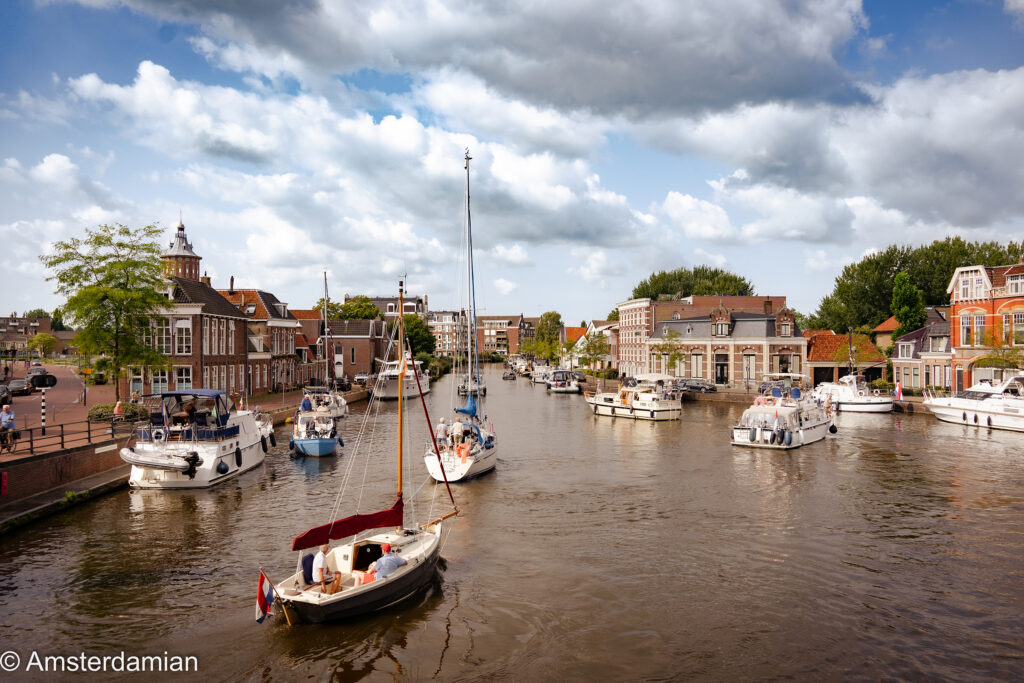
If you’re interested in my project, keep an eye on this blog and follow me on Instagram, Facebook and YouTube for updates!
Stay tuned for more and follow Amsterdamian on Instagram and Facebook for more stories about life in the Netherlands. Please share this post if you liked it!
Check out my photo book: Amsterdam Through the Seasons!
Love what you’re reading? Support my work with a small donation.

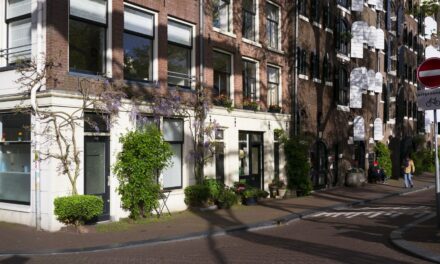

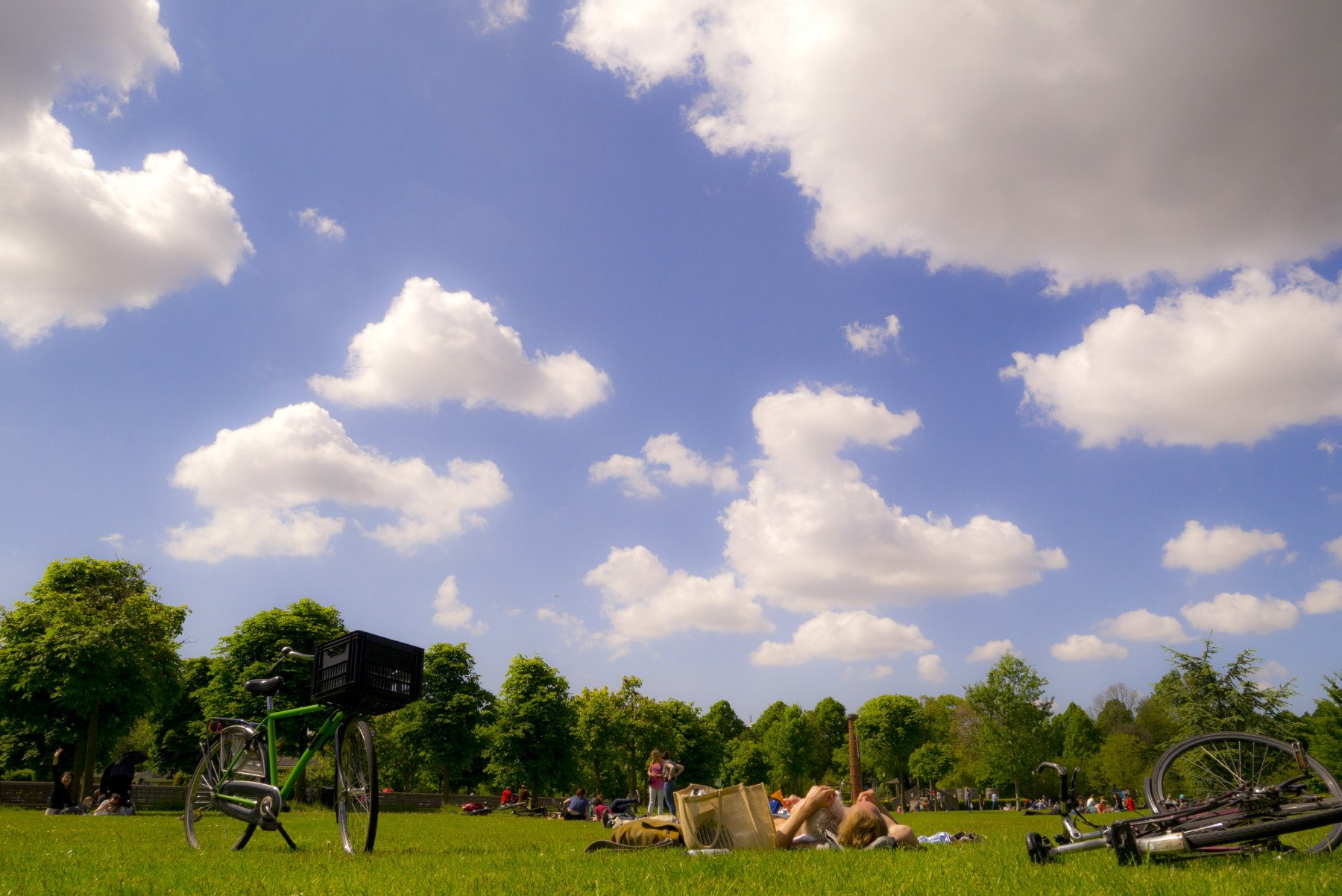
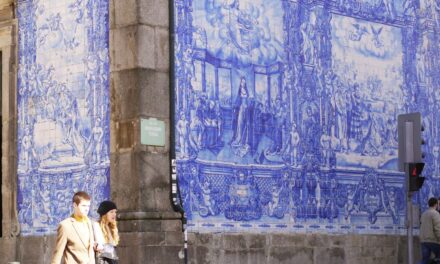
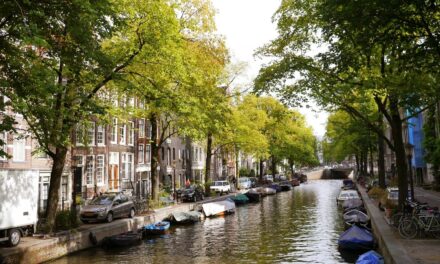


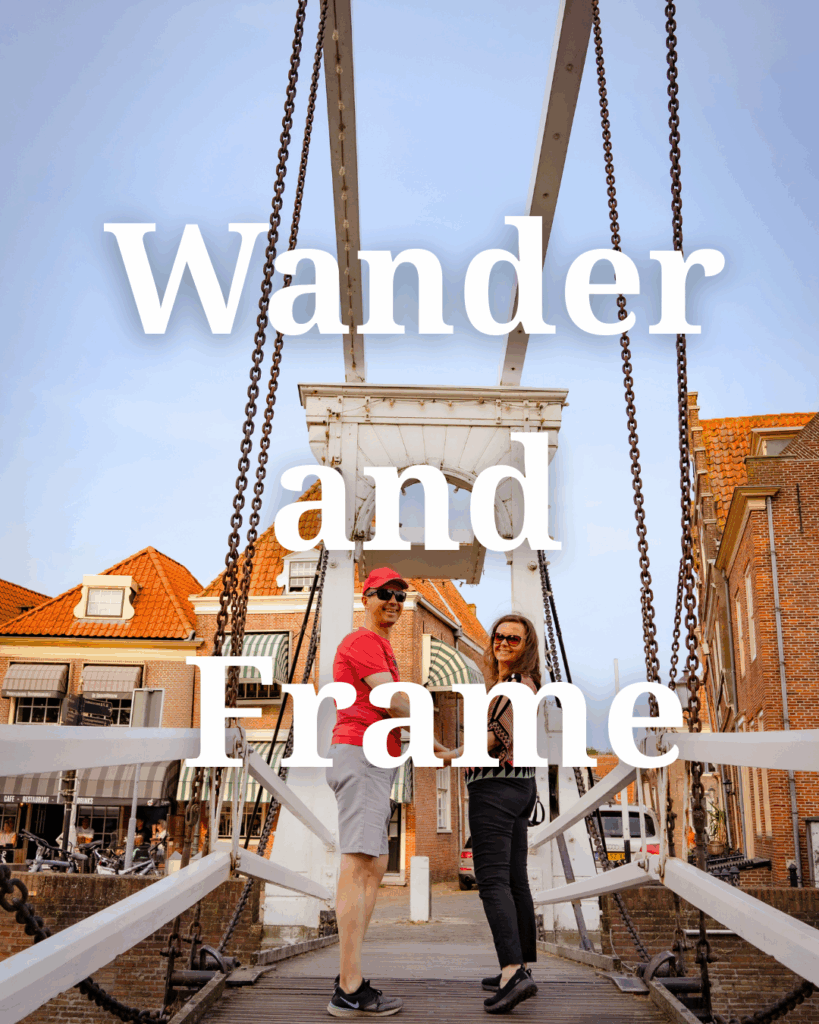
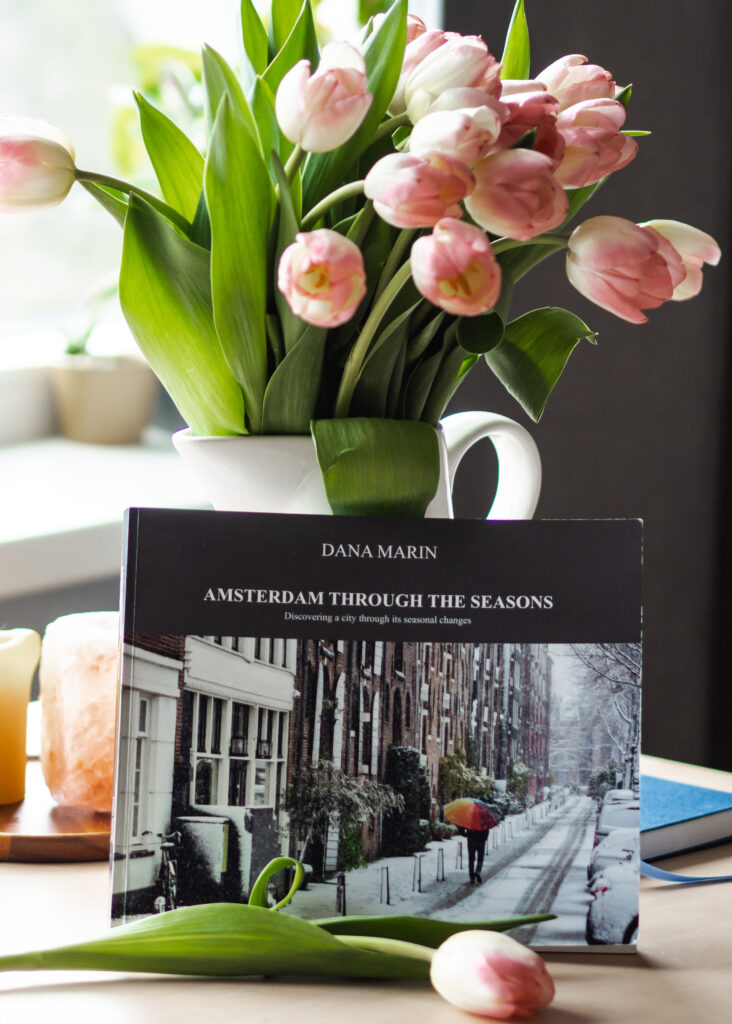
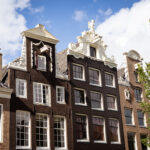


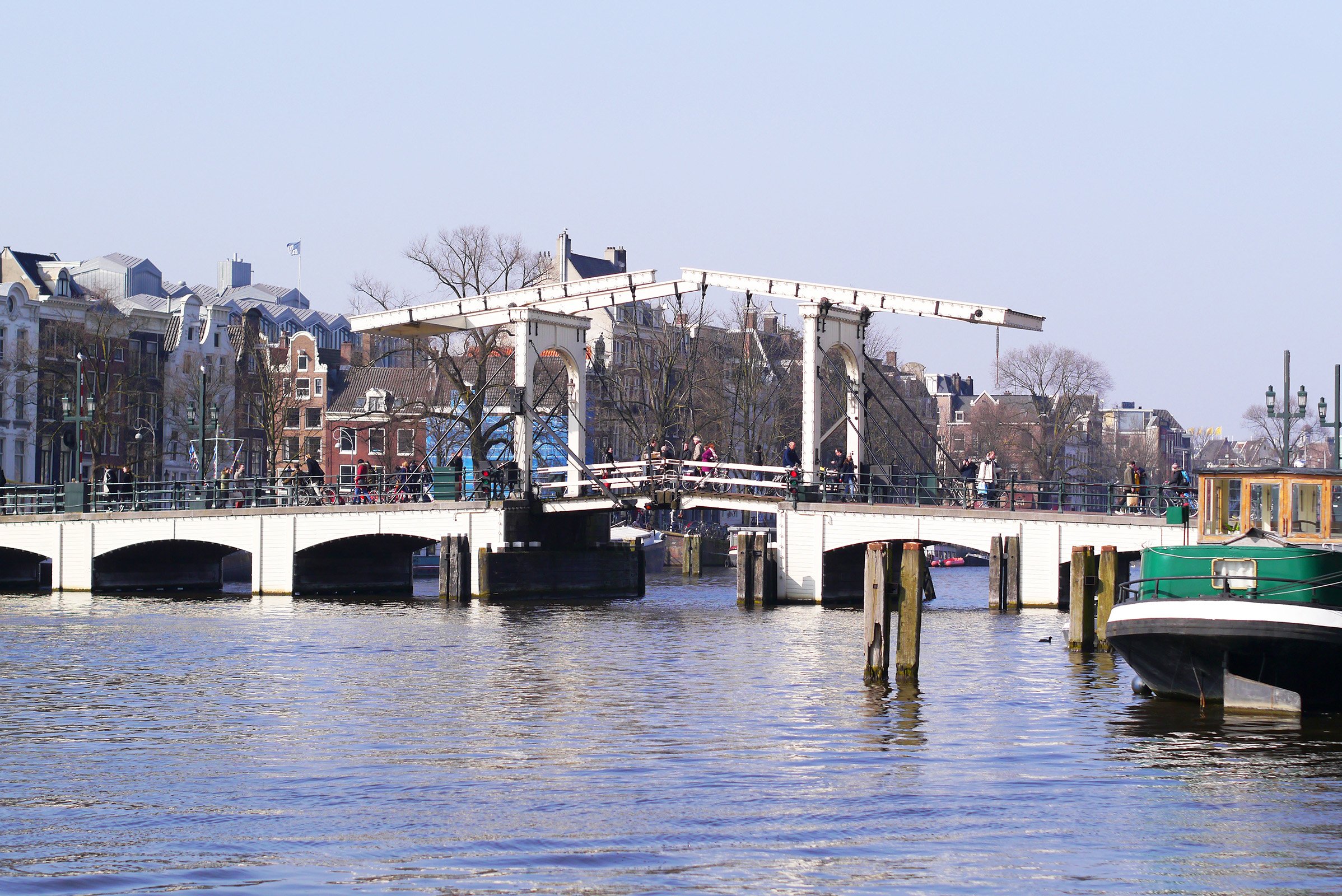
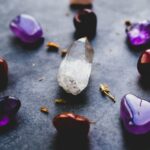

Excellent project!
Thanks!